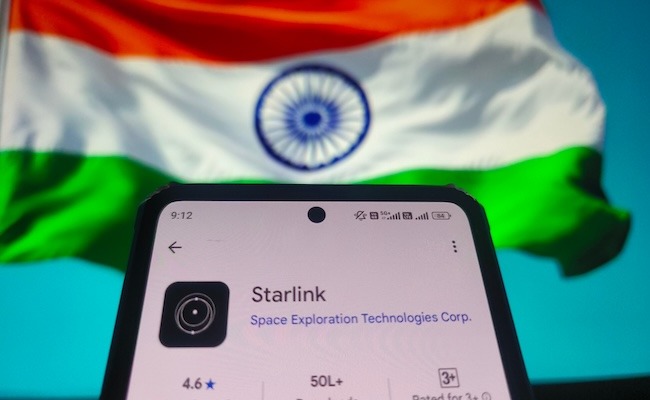SpaceX’s satellite internet venture, Starlink, has cleared the final regulatory hurdles to begin operations in India, marking a major milestone in the country’s digital connectivity landscape. With approvals from the Department of Telecommunications (DoT) and a draft authorisation from the Indian National Space Promotion and Authorisation Centre (IN-SPACe), Starlink is now poised to roll out its high-speed satellite broadband services across the subcontinent.
Here’s a detailed look at what this means for India’s telecom sector, rural connectivity, and the broader satcom ecosystem.
Key Developments and Strategic Milestones
- Starlink has received its Global Mobile Personal Communication by Satellite (GMPCS) licence from the DoT, legally permitting it to offer satellite-based telecom services in India
- IN-SPACe has issued a draft authorisation, the final step before commercial rollout, pending countersignature by Starlink
- The company is expected to begin operations with a bandwidth capacity of 600 to 700 Gbps, enabling high-speed internet access in underserved regions
- Starlink will become the third satellite communication licensee in India, joining Eutelsat OneWeb and Jio Satellite
Infrastructure and Compliance Requirements
- Before commercial launch, Starlink must establish ground infrastructure in India, including secure gateways and data routing systems
- These facilities will undergo operational and security verification by Indian authorities, a standard requirement for all GMPCS licensees
- The company is also expected to receive trial spectrum allocations in the coming weeks to demonstrate end-to-end compliance
Pricing, Plans, and Market Positioning
- While official pricing is yet to be announced, earlier estimates suggest the Standard Kit may cost around Rs 33,000, with monthly plans ranging from Rs 3,000 to Rs 4,200
- The kit includes a Starlink antenna, Wi-Fi router, cables, and power adapter, designed for easy setup in remote areas
- Starlink’s entry is expected to disrupt India’s broadband market, especially in rural and hilly regions where traditional fiber networks are unviable
Policy Implications and Industry Impact
- The move aligns with India’s Digital India mission, aiming to bridge the digital divide in remote and underserved areas
- The Telecom Regulatory Authority of India (TRAI) is revising spectrum allocation policies to support satellite broadband, including administrative allocation and usage-based fees
- Starlink’s launch could accelerate competition in the satcom space, prompting innovation and price rationalisation across the sector
As Starlink prepares for its India debut, the convergence of regulatory clarity, technological readiness, and policy support signals a new era in satellite-powered connectivity—where even the most remote village could soon be just a click away from the world.
Sources: NDTV, Times Now, Financial Express, ABP Live, July 1, 2025
